Cracking the Code: Practices That Transform Software Quality
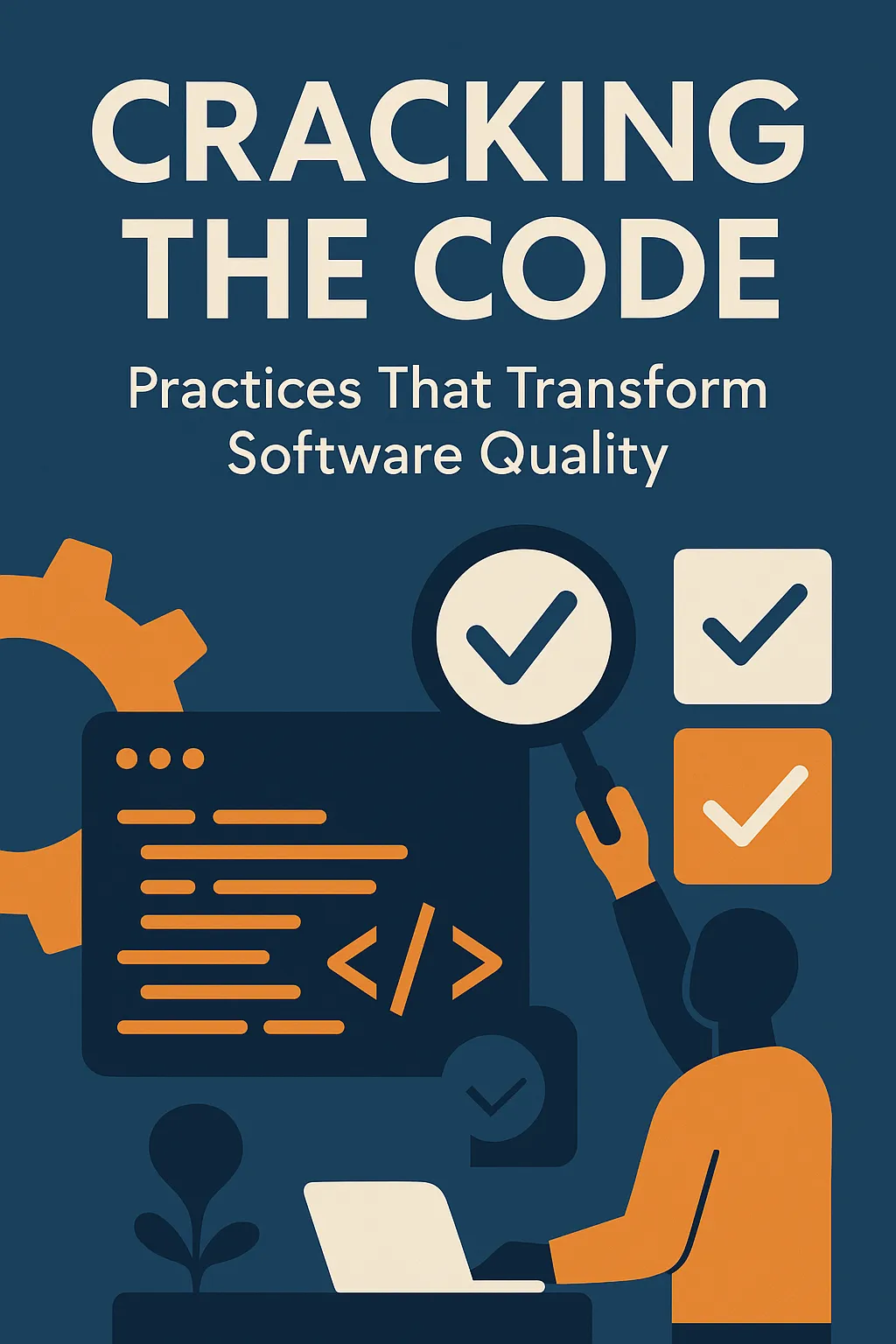
Maintaining high code quality is more than a checklist — it’s an ongoing process that can make or break your team’s productivity and software reliability. Many developers rely on the obvious basics, but the highest-performing teams are quietly using deeper strategies (and smart tools) to keep their codebase healthy and future-proof. Here are the secrets less talked about, and how next-gen AI tools like Panto AI can help.
1. Standardize More Than Just Style
Most teams adopt automated linters and basic style guides, but the true value comes when standards extend to code architecture, naming schemes, and commit message formats. Set explicit rules (for everything from modularity to file structure) and enforce them with automation — so reviews focus on strategic improvements instead of stylistic nitpicks.
2. Write Comments That Explain “Why,” Not Just “What”
Comments are most valuable when they offer insight into design decisions or non-obvious logic. Avoid over-commenting the obvious, but don’t skimp on documenting intent, assumptions, and the big-picture view. Use clear docstrings and module headers to help future maintainers grasp context quickly.
3. Make Code Reviews Small, Frequent, and Focused
Peer reviews catch far more than automated checks ever will, but only when done right:
- Encourage regular, bite-sized reviews instead of mammoth pull requests.
- Equip reviewers with checklists so quality, security, maintainability, and performance are consistently examined.
- Prioritize helpful, actionable feedback and shared learning.
4. Treat Automated Testing as a First-Class Citizen
Comprehensive automated testing — unit, integration, and regression — can save countless hours down the road. The less obvious secret: aim for high-impact coverage that tracks business logic and critical edge cases, not just broad percentages. Integrate these tests directly into your CI/CD workflow so you have rapid, actionable results on every change.
5. Refactor Relentlessly
Technical debt doesn’t disappear. Schedule recurring sprints for code clean-up, keep functions small and responsibilities clear, and prune outdated or duplicated code. Refactoring shouldn’t be a one-off event; it’s an essential rhythm in a healthy codebase.
6. Measure — and Act on — Meaningful Metrics
Tracking code quality is bigger than “does it build?” Keep an eye on code complexity, maintainability scores, security risks, and test coverage trends. Use this data to guide refactoring efforts and spot declining areas before they become problems.
7. Supercharge Standards with Next-Gen AI Tools
Even the most disciplined teams can’t catch everything manually. Enter AI-powered code review assistants. Tools like Panto AI use advanced language models to scan for bugs, security risks, and deviations from your standards — across over 30 programming languages and 30,000+ security checks — providing instant, actionable feedback right in your workflow.
By learning from your team’s practices and integrating with tools like Jira and Confluence, Panto AI makes code reviews seamless and lets engineers focus on the bigger picture (not repetitive checks). It gives you peace of mind that your code aligns with both technical and business goals — so your team can ship faster and with confidence.
Great code isn’t accidental — it’s built on habits, culture, and the right technology. By embracing these hidden practices and letting next-gen AI tools like Panto AI amplify your efforts, you can achieve code quality that’s not just sustainable, but elite.
Your AI code Review Agent
Wall of Defense | Aligning business context with code | Never let bad code reach production
No Credit Card
No Strings Attached
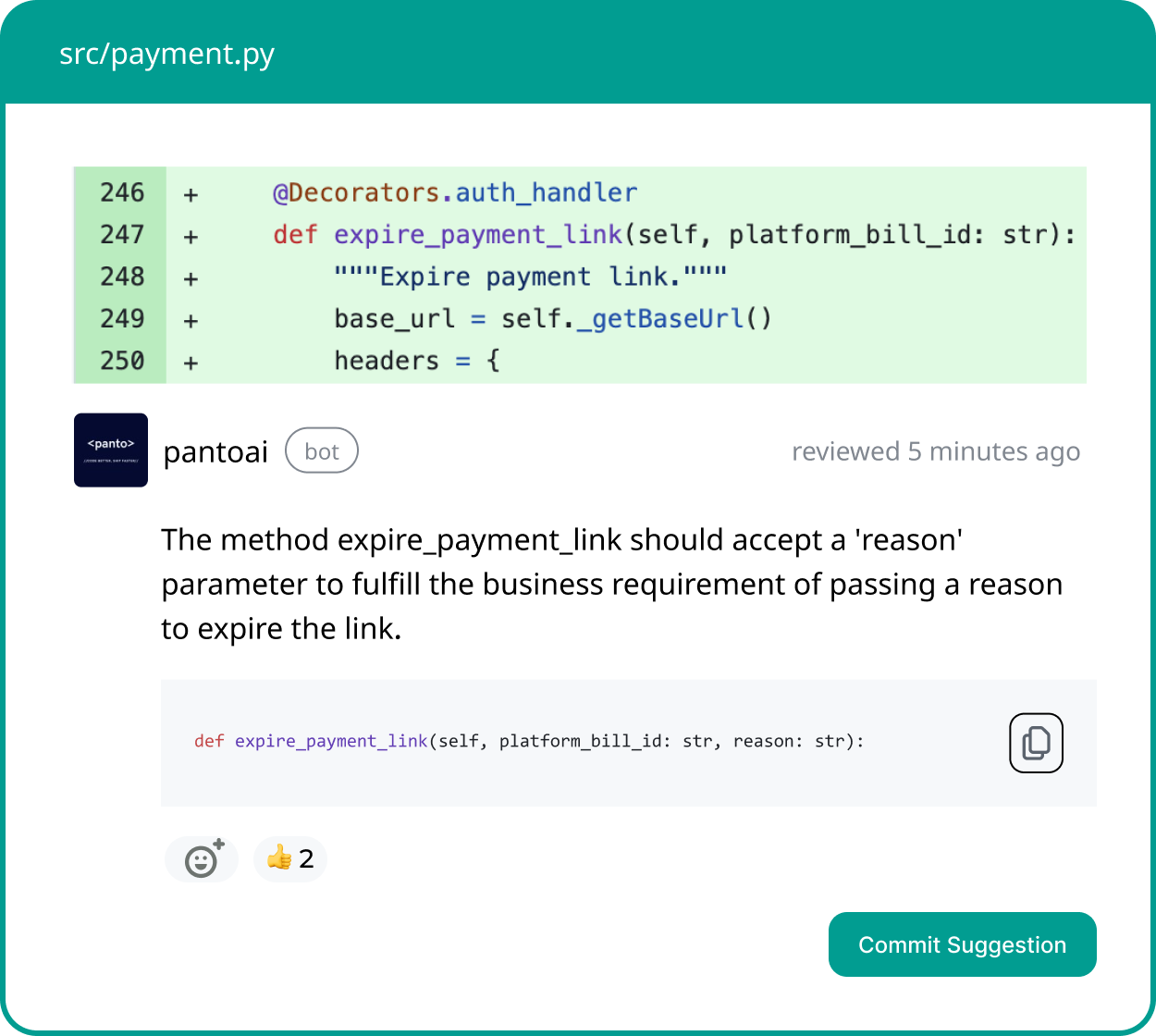
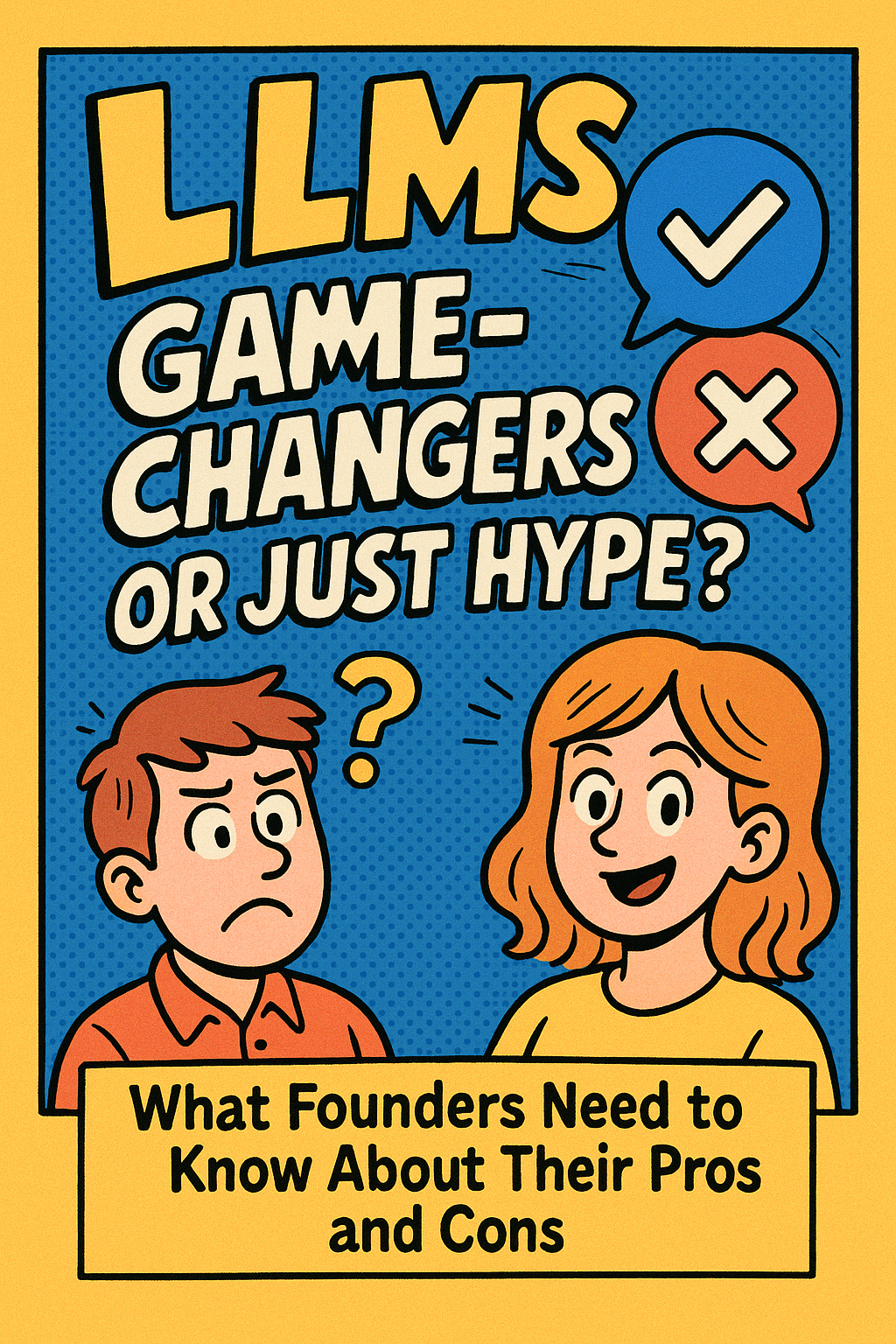
LLMs: Game-Changers or Just Hype? What Founders Need to Know About Their Pros and Cons
Large Language Models (LLMs) are everywhere, but are they truly revolutionary or just an overhyped trend? This article cuts through the noise, offering founders a balanced perspective on the real strengths and critical limitations of LLMs, and how to strategically leverage them for genuine impact.
Jul 25, 2025
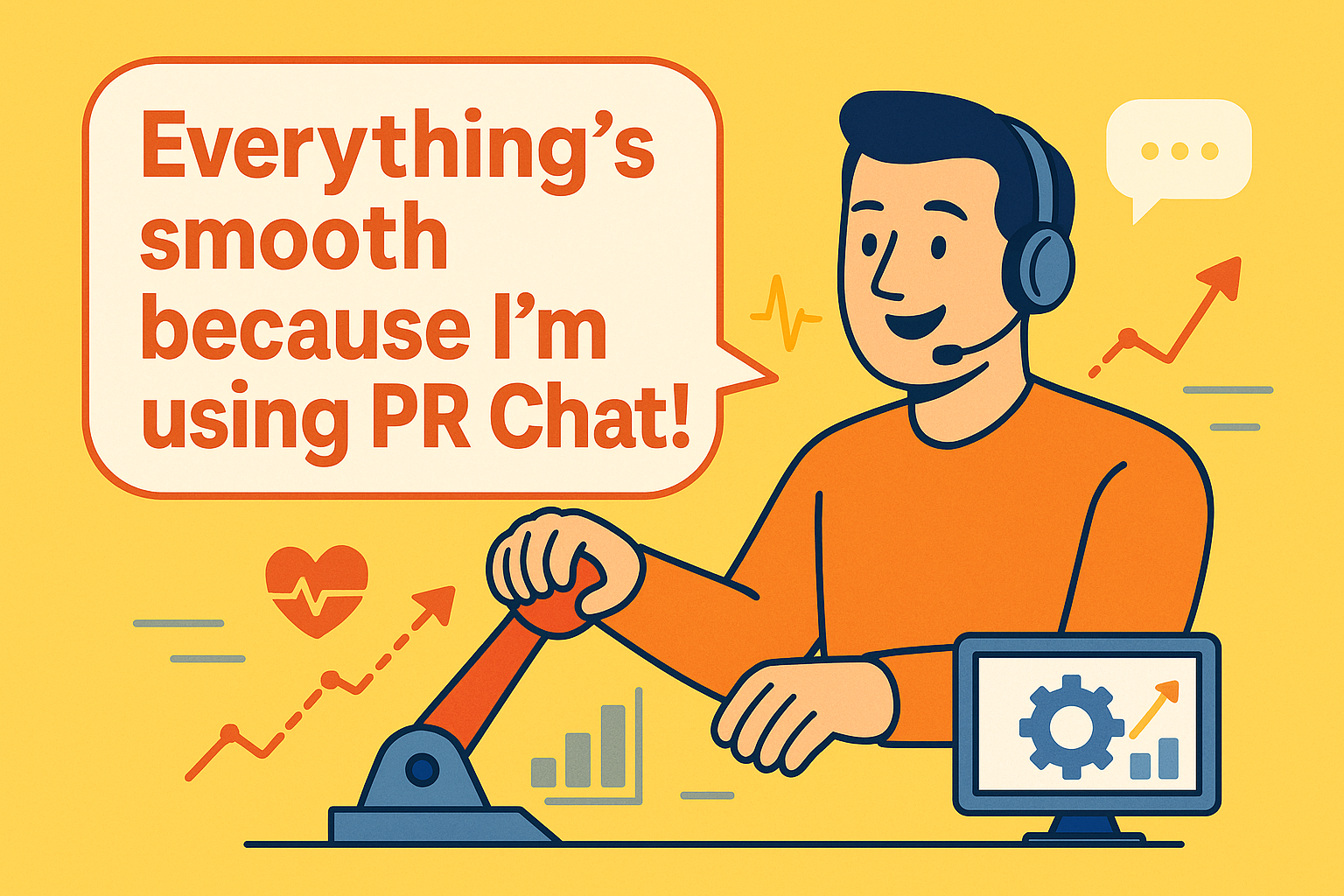
PR Chat: A Practical Lever for Healthier, Faster Software Systems
Traditional asynchronous pull request reviews can slow down software development. This article introduces PR chat as a powerful solution, demonstrating how real-time conversations directly within the code review process can significantly accelerate review cycles, improve code quality, and boost team efficiency.
Jul 24, 2025
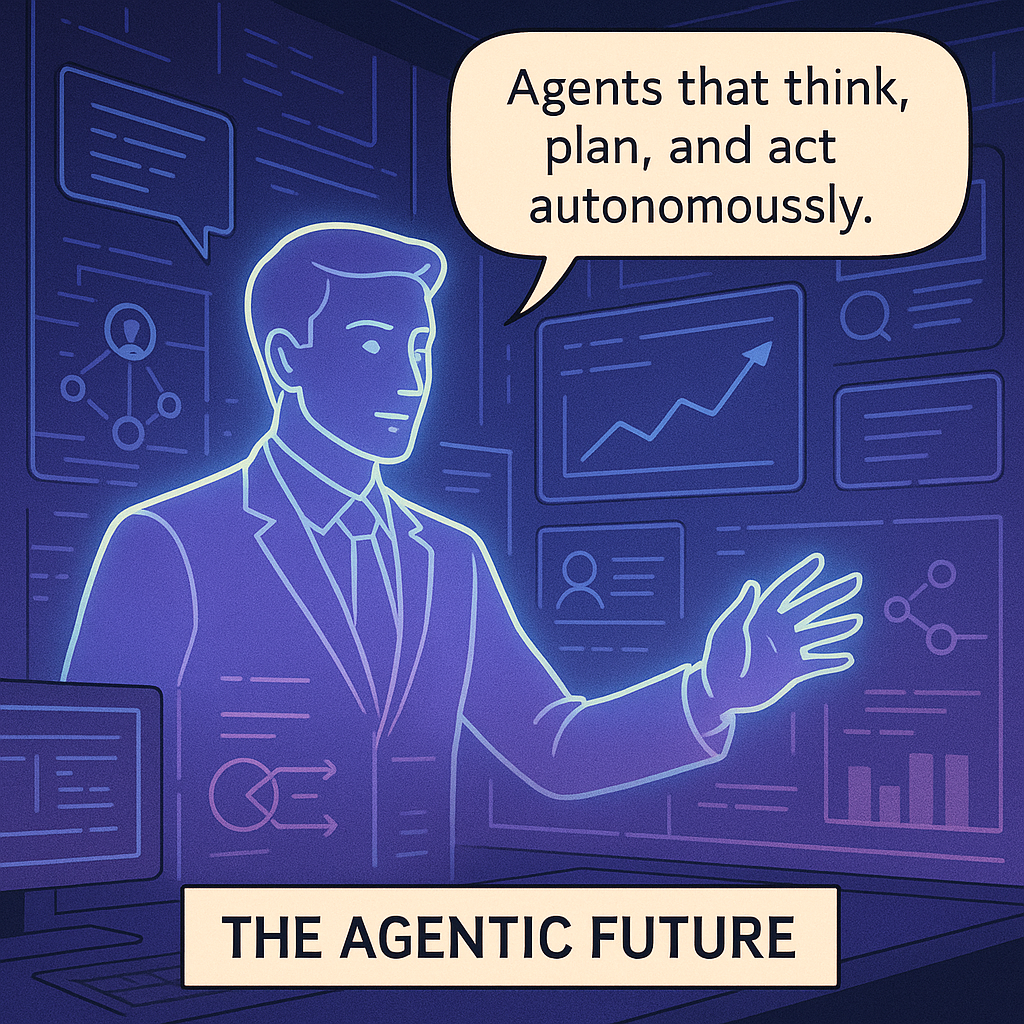
The Age of Agentic AI: The Next Leap in Intelligent Software Systems
We are entering a profound shift in artificial intelligence, moving from reactive systems to proactive, autonomous agents. This article delves into Agentic AI, its core distinctions from traditional AI, and how it's poised to redefine complex problem-solving, scalability, and the future of intelligent software.
Jul 22, 2025
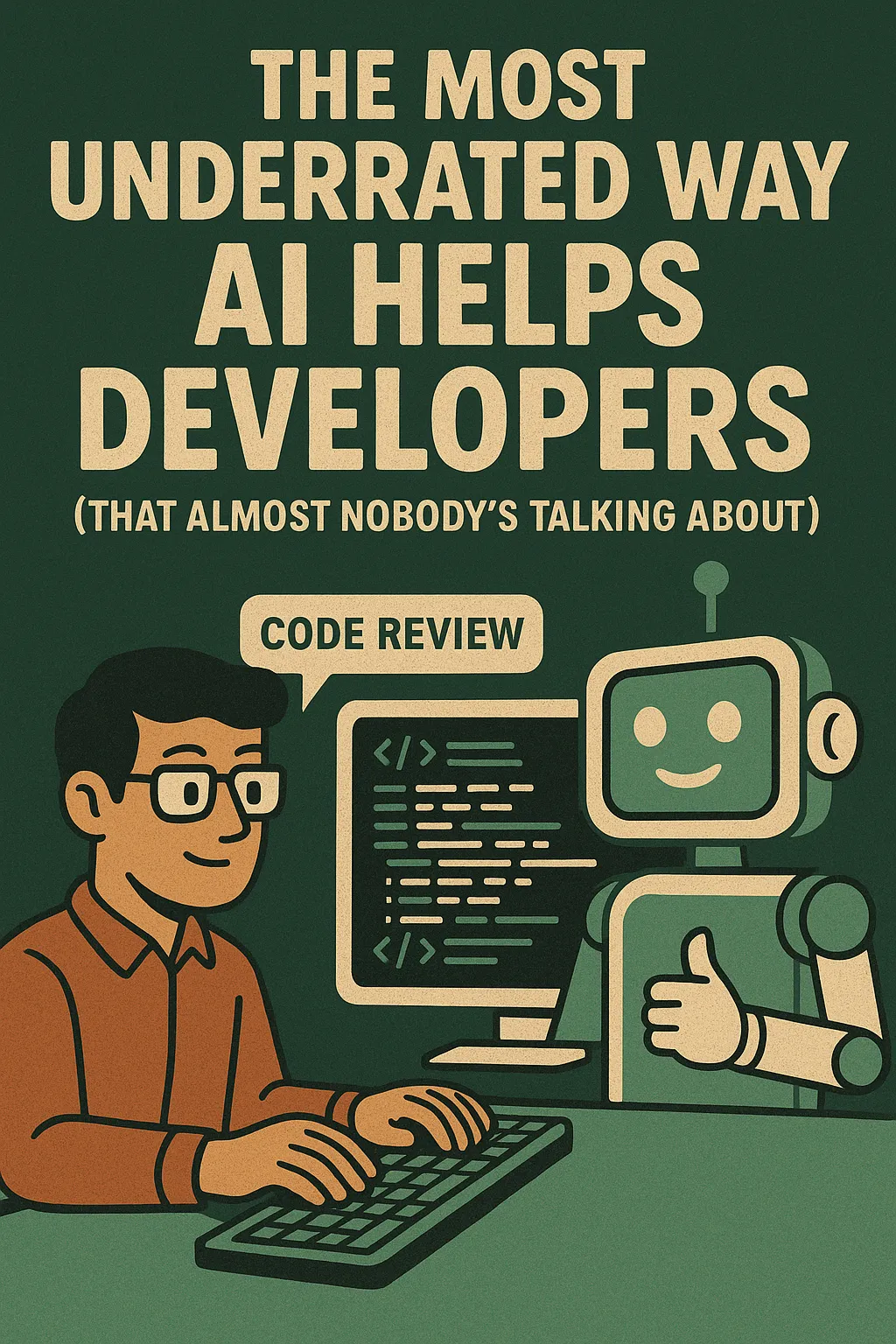
The Most Underrated Way AI Helps Developers (That Almost Nobody’s Talking About)
When people talk about AI in software development, the spotlight usually falls on features like code autocompletion or automatic bug detection. Those are great, but there’s an even more powerful — and far less hyped — use case quietly reshaping how developers work: **continuous, context-aware AI-powered code reviews.**
Jul 21, 2025
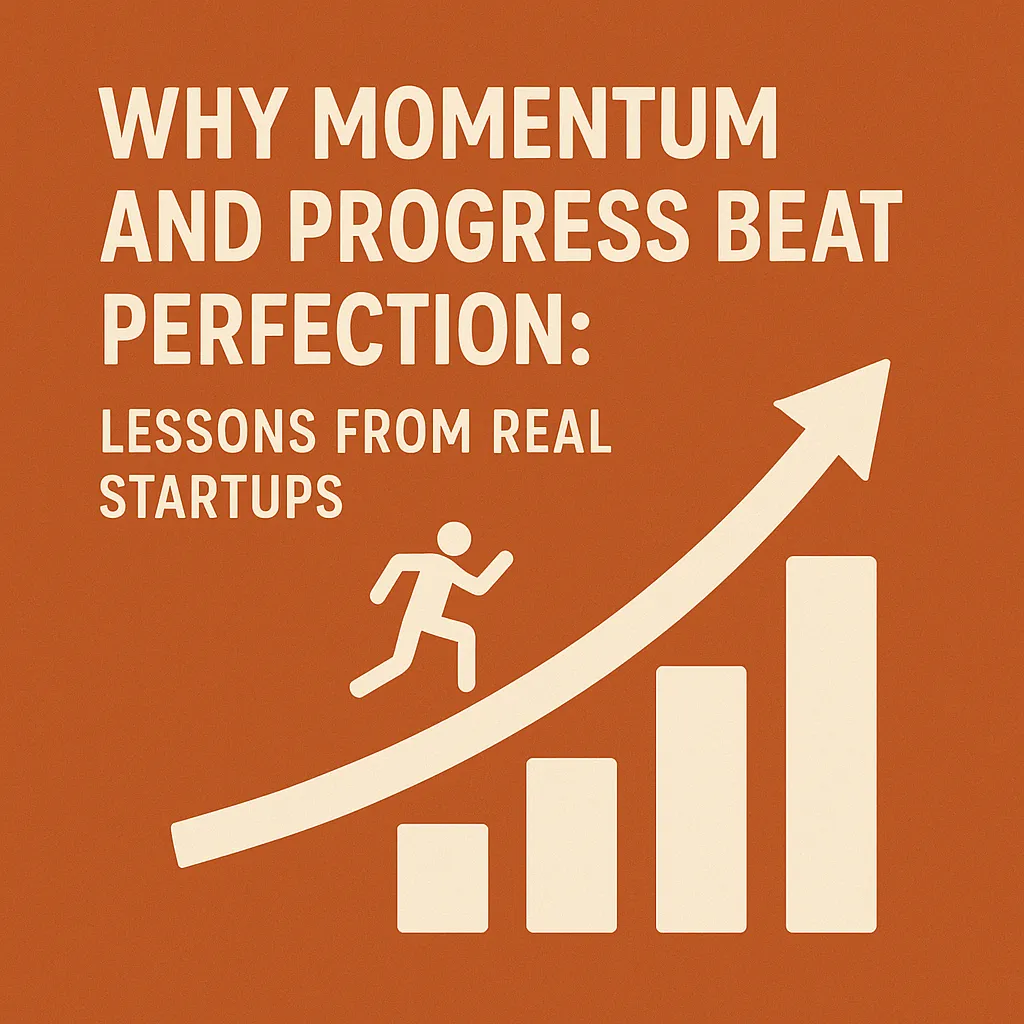
Why Momentum and Progress Beat Perfection: Lessons from Real Startups
In the startup world, waiting for perfection is a trap. This article explores why consistent progress, rapid iteration, and a relentless focus on action have driven the success of major companies like Facebook, Airbnb, and Dropbox.
Jul 19, 2025
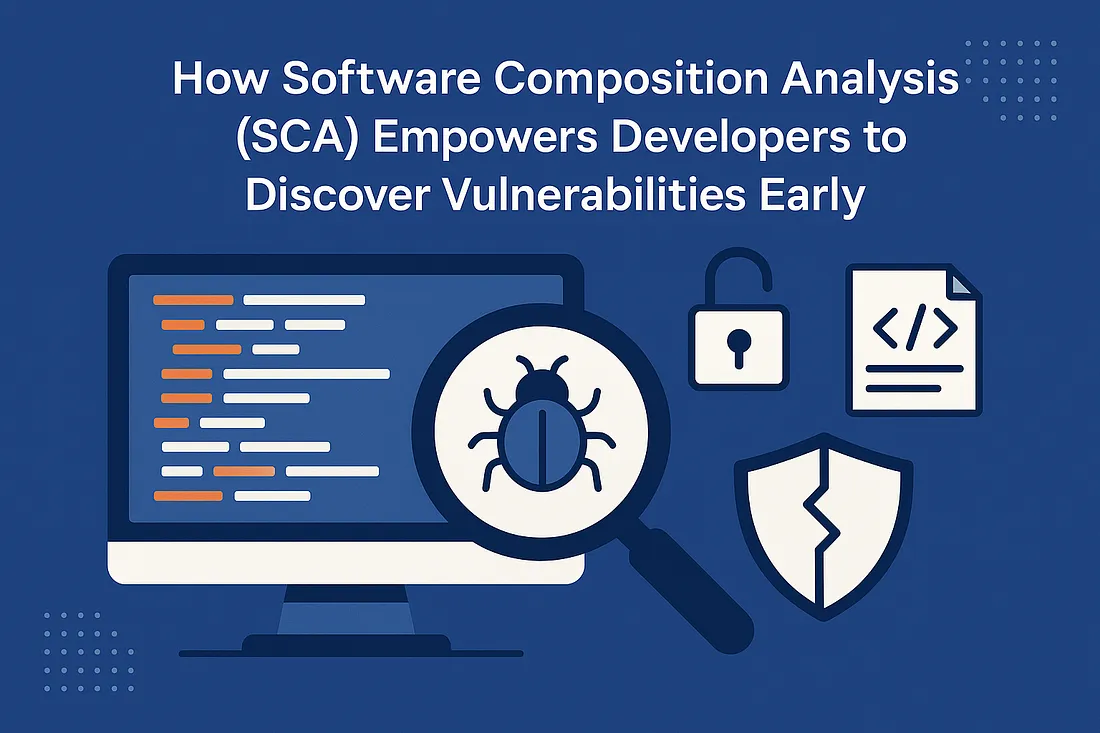
How Software Composition Analysis (SCA) Empowers Developers to Discover Vulnerabilities Early
In today’s fast-paced software development landscape, security is a top priority. Modern applications often rely on a complex web of open-source and third-party components, making it increasingly challenging to ensure code safety. This is where Software Composition Analysis (SCA) becomes invaluable for developers aiming to identify vulnerabilities before they reach production.
Jul 14, 2025